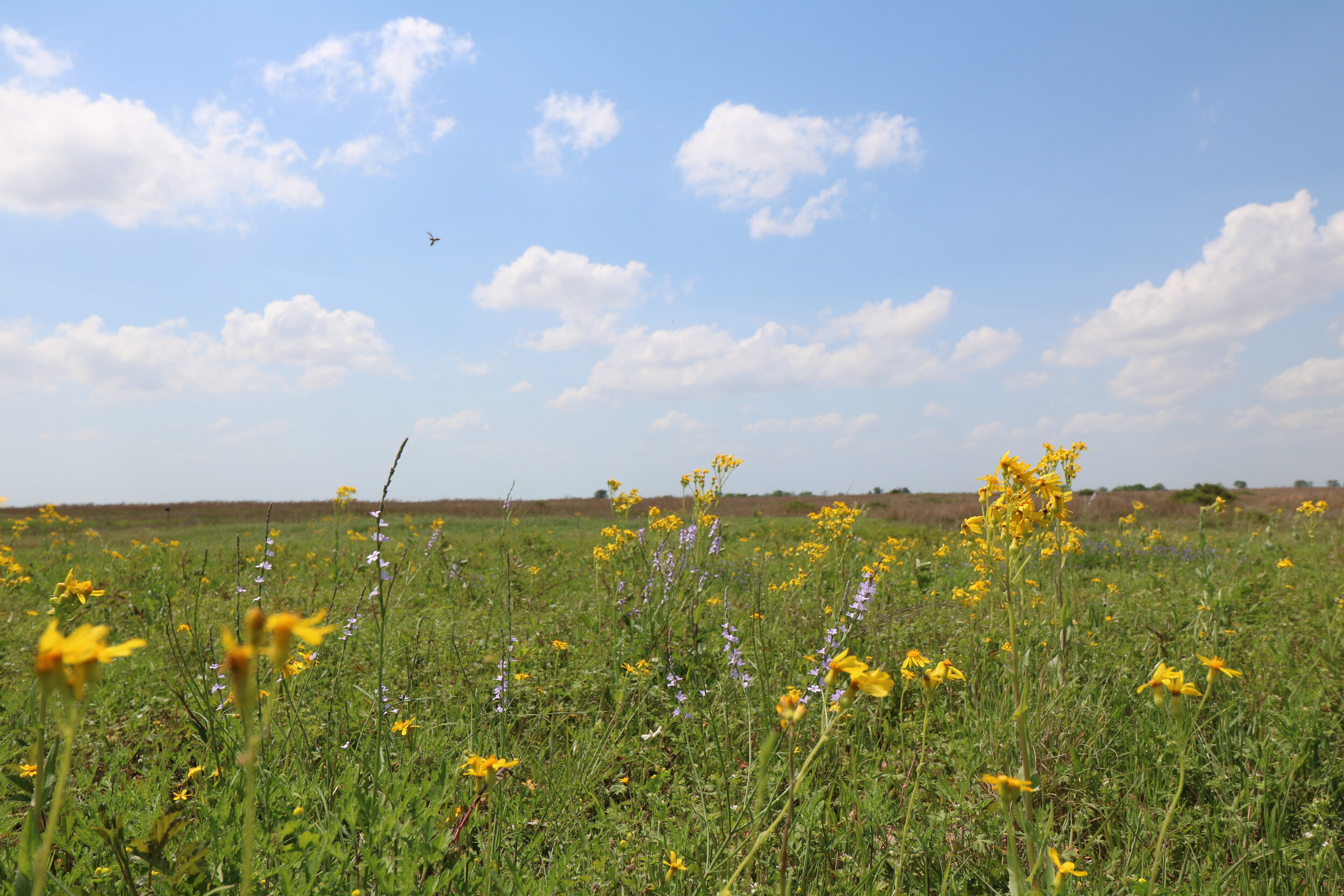
Finalist: Achieving Net Zero
New Texas ‘carbon market’ aims to reduce harmful emissions
Texas, US
The Challenge
About 80% of the CO2 in the atmosphere today has been generated by human activity - such as burning fossil fuels for electricity and transportation, industrial processes, and forestry.
This additional carbon is warming up the Earth, causing sea levels to rise and temperatures to become more extreme. There is an urgent need to decrease the amount of carbon in the atmosphere to reduce global warming.
The Innovative Project
According to some estimates, 25% of atmospheric CO2 can be absorbed by soil. This means land has an untapped potential to substantially mitigate effects of climate change.
A Texas ‘carbon market’ would see landowners - such as farmers and ranchers - rewild some of their prairies and grasslands to absorb and store carbon in the soil. The soil would be monitored and measured to work out exactly how much carbon is being stored, and its monetary value. Organisations who want to reduce their carbon footprint and meet environmental and sustainability metrics, including manufacturers, energy and travel companies and governments, would then offset their emissions with the stored carbon.
“The Texas carbon market allows grasslands owners to monetise the removal of CO2 from the atmosphere. Not only does this technique address climate change, but it also improves the livelihoods of Texans by supporting rural communities.”
To set up the Texas carbon market, the partnership is working to develop a certification standard that is widely accepted by a large, diverse group of stakeholders, and based on the most up-to-date science. The partnership also needs a mechanism for verifying soil carbon storage, so that certificates have a measurable and marketable value.
Research and development is crucial, identifying factors that may influence investments, such as land management practices that can increase long-term carbon storage potential in different types of land.
Land ownership has historically been difficult for people in minority communities to attain. The project wants to increase the representation of minorities in transactions of BCarbon certified soil carbon storage, and assess the effects of the program on the diversity of buyers and sellers that are active in the soil carbon market.
The Partnership
The partnership includes brings together scholars from Rice University, who - are identifying factors that influence soil carbon flux; the non-profit BCarbon, which was created to certify soil carbon storage, and which puts the research and working group recommendations into action; and a working group of 121 individuals representing 73 organisations, including landowners, government organisations, NGOs, academic and research organisations, and private sector firms.
The Impact
As well as reducing CO2 in the atmosphere, sequestering carbon into the soil increases soil resilience, reduces erosion, and reduces the amount of water crops need. It also stabilises soil nitrogen, which will reduce surges in agricultural soil nitrous oxide (NOX) emissions. These are the largest contributor to urban ozone in the US. Reduction in NOX leads to quantifiable improvements in human health.
The Texas carbon market will also create jobs related to measuring and verifying the carbon uptake of native lands, driving direct growth in rural economies. And it will increase rural land values and help redistribute wealth to historically minoritised communities.


